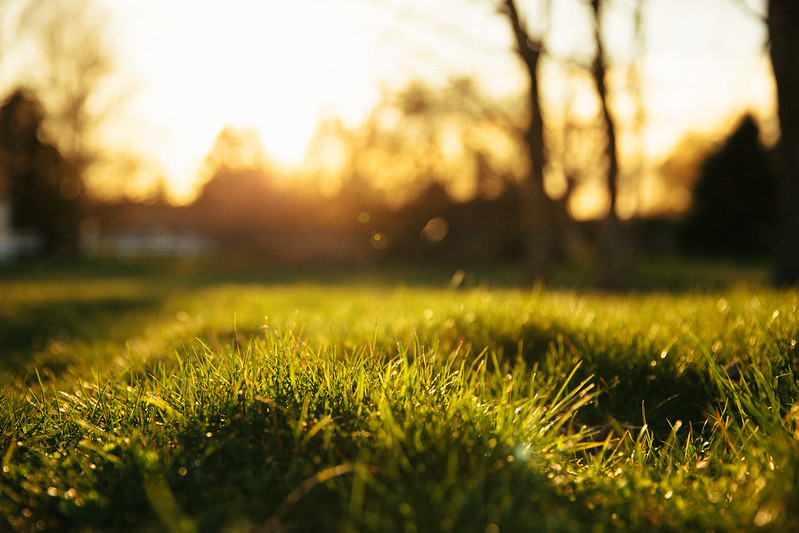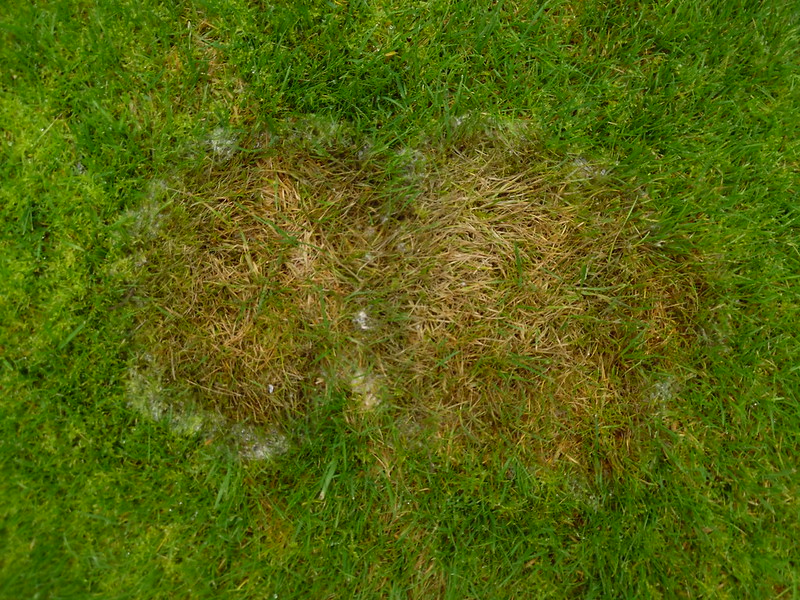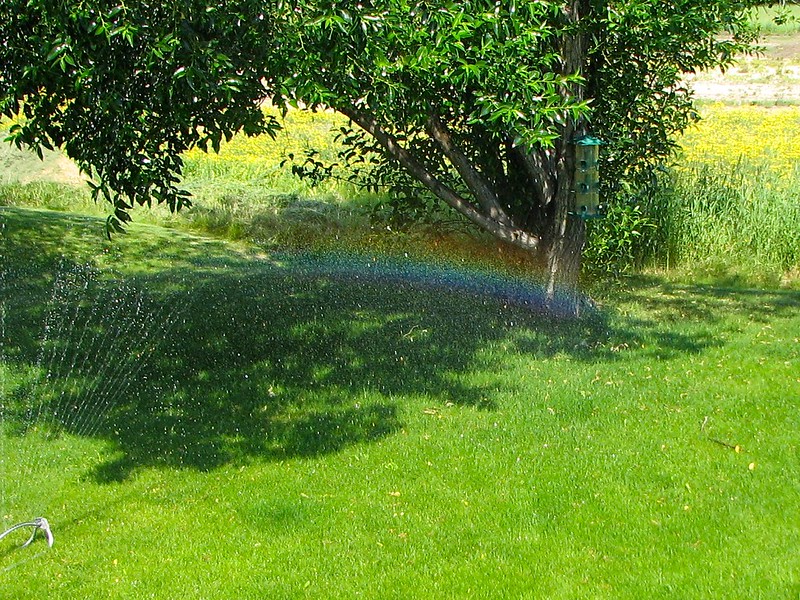
Nothing can be more disheartening than seeing your lawn come back to life for the season and discovering you have quite a few hideous bare spots. Not only do bare patches indicate something wrong with your lawn, but they also are a HUGE eyesore. If you notice a bare spot in your otherwise healthy, lush lawn then it could be a result of a few things. For starters, if your lawn experiences heavy foot traffic, then bare spots may develop because of it. In addition, your lawn’s bare spots can also be due to fungal disease, rocks buried underneath, chemical spills, dog or cat urine, or poor soil conditions. While determining the exact cause is not entirely relevant, the good news is, you can fix these bare spots with ease in order to have a healthy, continuous lawn.

1. Fill in the bare spots.
If you think that bare spots on a lawn will just work themselves out, think again. You’ll need to do a bit of work in order to fix this issue. First, you’ll need to get a quality grass seed or patch repair and fill in the bare spots. With seed options like EZ Seed Patch & Repair from Scotts or Scotts PatchMaster Lawn Repair, you’ll have a high-performance product that is almost guaranteed full results. The only exception in this case is for the St. Augustine lawn, in which you’ll want to sod or plug the bare spots rather than seed.

2. Water often and water well.
You’ll want to water the freshly seeded/sodded lawn often in order for things to grow. For at least two weeks, make sure to water in the morning or evening until seedlings develop. Keep the top inch of soil moist during this process, never soggy or saturated. After the grass seedlings grow to mow height, then you can switch to a deep watering once or twice a week.

3. Feed your lawn with food/fertilizer.
Grass seedlings that are still in the growing phase need nutrients in order to help them flourish. You’ll want to make sure to feed your lawn every six to eight weeks during the growing season. This way, your grass will be receiving enough nutrients to encourage proper growth and rooting.

4. Get rid of pests and weeds.
Part of the problem with the bare spots could be from pests, weeds, and grubs that have infiltrated your lawn. It’s important to keep these pests and weeds from coming back which is why a good weed and pest killer is important. Make sure to find a weed killer that will also kill select insects, and can be used on newly planted grass. There are some weed killers that cannot be used until a lawn is mowed at least three times. It’s important to read these instructions carefully.

5. Don’t mow right away.
The longer you wait for your seedlings to grow, the better. You don’t want to jump the gun on mowing and then inadvertently kill the new lawn. Give your lawn ample time to grow and try not to rush the process. The lawn should be over three inches in height before mowing for the first time. After it reaches that growth, you can implement your regular schedule of lawn mowing.
As always, if you need some extra help with fixing your lawn’s bare spots, you can always contact us at Handsome Lawn Service.